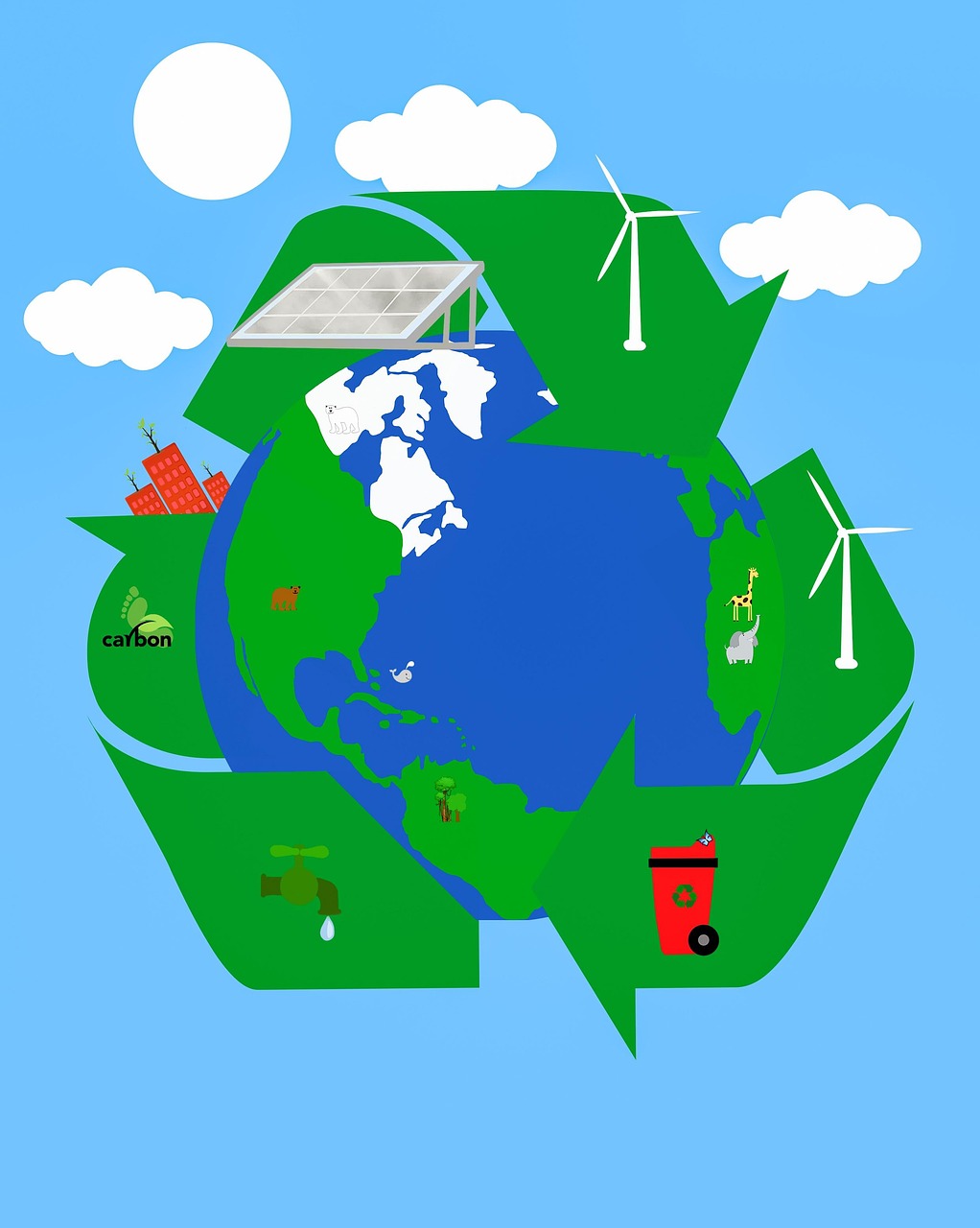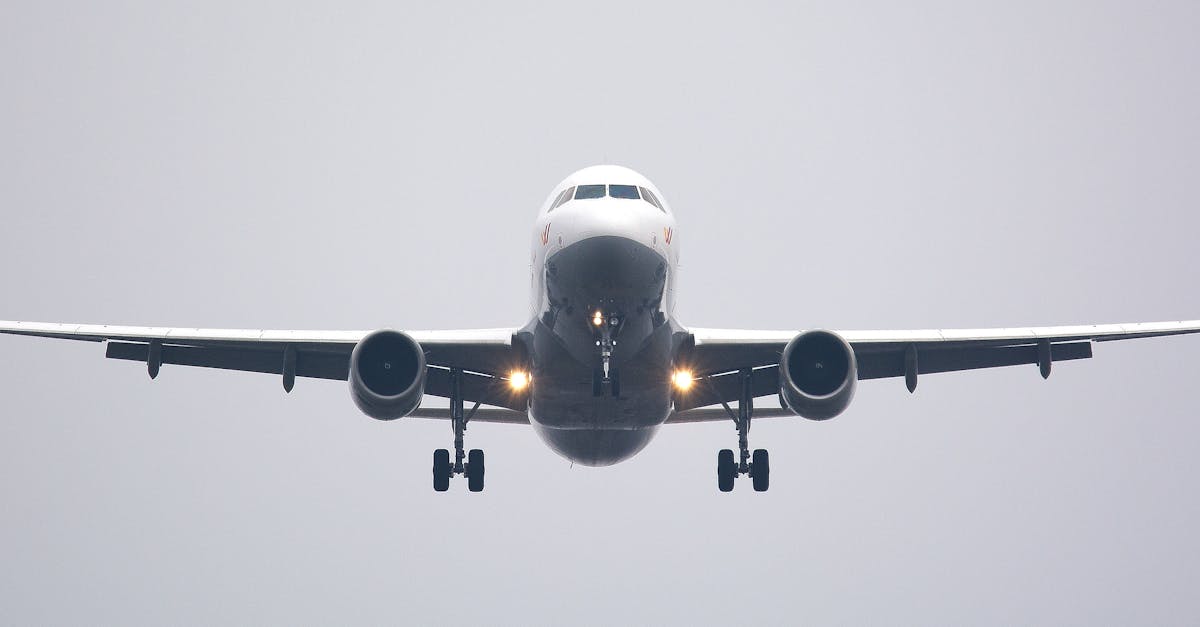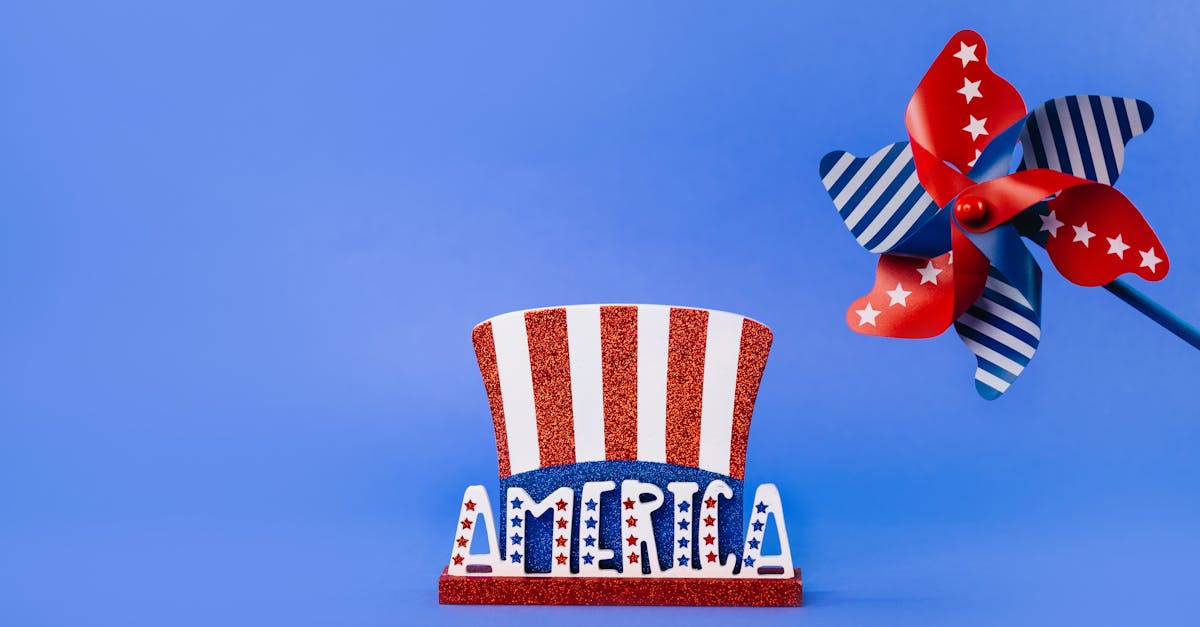On 5 June 2025, countries around the world marked World Environment Day with a clear and urgent focus—ending plastic pollution. This year’s theme called on individuals, governments, and industries to act together to reduce plastic waste. With growing piles of discarded packaging in oceans, streets, and rivers, the need for real change has never felt more direct.
Hosted by the Republic of Korea, the official event brought together scientists, leaders, and community groups in Seoul. The message was echoed across continents, with schools, cities, and businesses joining local clean-up drives, awareness campaigns, and policy talks. From rural villages to major capitals, the aim was the same: to cut back on single-use plastic and build better habits.
Unlike past years that covered broader environmental issues, 2025 focused on one target: plastic. Its damage can be seen in choking marine life, clogged drains, and toxic microplastics that now turn up in food and water. The goal this year was to turn awareness into everyday action, and for many, it started with asking hard questions about what they throw away.
Steps Already Underway
Many countries arrived at World Environment Day 2025 with progress already underway. India has expanded its ban on thin plastic bags, while Rwanda has become a model for waste control through strict policies and public education. In Europe, cities like Amsterdam are pushing businesses to switch to reusable containers and bulk refill stations.
Retail giants have also begun shifting how goods are sold. Supermarkets in the UK and Germany now offer plastic-free aisles with items wrapped in compostable materials or none at all. Some beverage companies are rolling out paper-based bottles, and new rules in Canada now require clear labelling on packaging to help sort waste more effectively.
Recycling remains part of the solution, but not the only one. Experts agree that reducing how much plastic is produced in the first place will make the biggest difference. This means changing designs, laws, and habits—not just what goes in the bin, but what never gets made.
Community Voices Lead the Way
Across the globe, World Environment Day 2025 was powered by people, not just policies. Local groups ran clean-up events in parks, beaches, and waterways. In Kenya, school children planted trees and made banners from fabric scraps. In Brazil, fishermen collected floating waste in nets once used to catch food. The creativity and care shown by these groups made the campaign more personal.
Social media played a key role. Hashtags and video challenges helped spread ideas fast. Families shared tips for making homemade shopping bags, reusing glass jars, and avoiding take-out containers. The aim was not to blame, but to show how small choices can build up to bigger shifts.
Education took a front seat, too. Schools around the world held workshops to teach kids how plastic affects animals, water, and soil. Some students even presented solutions to local councils, showing how youth are ready to lead. Their energy turned concern into momentum, helping build pressure for lasting action.
Online spaces are also filled with resources, including an online gaming guide that encourages younger audiences to learn about plastic waste through interactive stories. These new methods helped reach groups that may not respond to speeches or science reports alone.
Big Changes Still Needed
Despite the day’s strong response, many challenges remain. Plastic production continues to rise globally, with much of it designed for one-time use. Packaging, food containers, and shopping bags still make up the bulk of plastic waste, much of which cannot be recycled or reused.
Shipping and trade patterns also play a part. Some countries export waste to others with fewer controls, shifting the problem rather than solving it. At the same time, plastic alternatives must become more affordable and more available. Without better options, change will stall no matter how strong the will.
Global agreements are in progress. Talks continue on a legally binding treaty that would limit plastic use across borders. The idea is to hold producers more accountable and stop harmful materials from being made in the first place. It is a long road, but this year’s attention on the issue gives the talks more weight.
Public pressure remains key. When people speak up—by voting, buying smarter, or demanding clearer rules—leaders are more likely to act. This year showed that people are ready for change. What comes next depends on how this energy is kept alive in the weeks and months ahead.
Conclusion
World Environment Day 2025 did more than highlight a growing problem. It showed that people around the world are willing to act, share, and lead. The focus on plastic pollution touched lives in small towns, major cities, schools, shops, and homes. Each act, from skipping a straw to pushing for a new law, added strength to the message: enough is enough.
Plastic waste will not vanish overnight, but it can be reduced through smarter choices, stronger rules, and shared action. The day brought fresh hope by showing what’s possible when awareness turns into effort. As the planet faces a growing waste crisis, moments like this matter.
If this momentum continues, World Environment Day 2025 may be remembered not just for its theme but for the way it sparked lasting habits. By cutting plastic at the source and shifting daily routines, people everywhere can help create a cleaner, safer world.














Leave a Reply